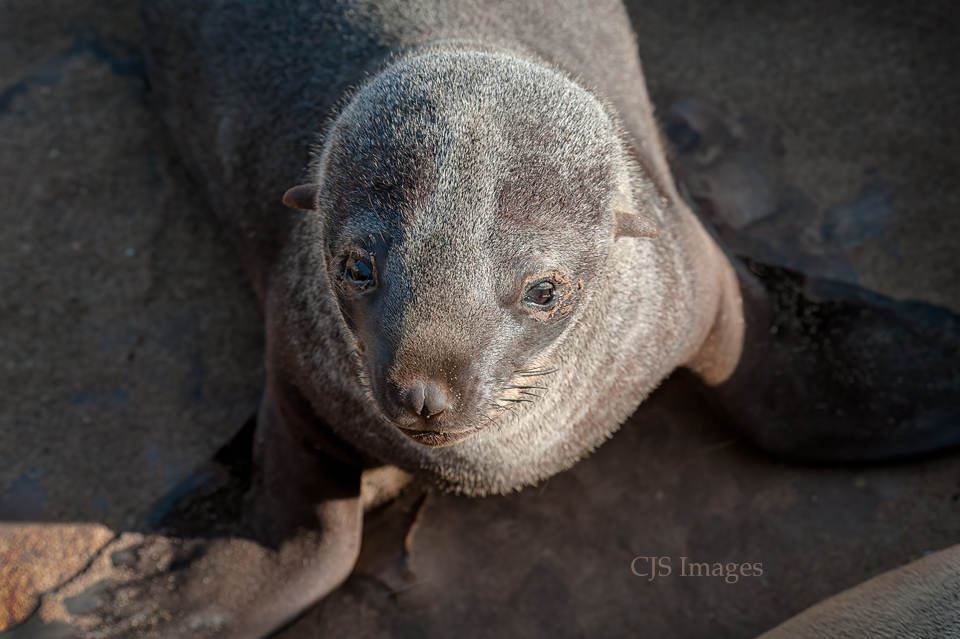
The Namib Desert runs the length of the coast of Namibia. Estimated to be 55-80 million years old it is possibly the oldest desert in the world. Needless to say, there is a lot of sand in Namibia. The sand itself is estimated to be about 5 million years old. It’s unique reddish-orange color comes from the iron oxide in it. Within the portion of the Namib that falls in Namibia there are some amazing places to visit. The images below are a few from some of those areas.
The Namib Sand Dunes
These are some of the largest dunes in the world. Formed by masses of windblown sand they are now fairly stable. Although the sand still blows on the surface the winds come from all directions keeping the shape of the dunes relatively stable. The dunes are identified by numbers. Although the orange sand and very blue skies make for remarkable images I also felt that black and white images did them justice.
(Click on an image to enlarge)
Dead Vlei
Dead Vlei, meaning “dead marsh” sits surrounded by some of the tallest dunes. More than 900 years ago a river drained into the area which maintained desert life and even trees. The climate abruptly changed to extremely arid and the dunes cut off the river. The Camel Thorn trees which are now over 1000 years old died. The limbs are scorched by the sun, but the air is so dry that they don’t decompose.
Sossusvlei
The Sossusvlei area is nearby in the southern part of the Namib Desert. It’s a salt and clay “pan” surrounded by tall dunes. Standing at the top of a dune all you see for miles around is more dunes.
Skeleton Coast
The name Skeleton Coast probably refers to the bones of whales who lost their lives in the heavy winds and unpredictable currents. That combined with the heavy fogs has also been the undoing of over 1000 ships. Seamen who managed to make it to shore soon died of thirst in the arid dessert. The fogs comprise almost all of the moisture in the dessert covering the coast up to 180 days a year.
The cold Atlantic waters do provide bountiful fishing. The Brown Fur Seals take full advantage. There are huge colonies along this portion of the coastal desert. I can vouch for the winds. They blew so strong that the sand was biting into me and it was hard to hold my camera steady to take these photographs.
I hope you’ve enjoyed a peek at some of the amazing scenery in Namibia. It’s a truly remarkable place. One I hope to return to.
If you haven’t signed up to be notified of my next post, you can do so at the top of this page. If you’d like to leave a comment, please do so below. You can also click on the box to be included in additional comments and my responses. For those who might have had difficulties doing so on my last post, I think we have resolved the issues.
Thanks so much for joining me! Cheryl


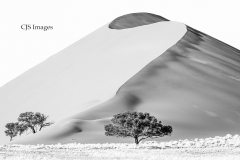
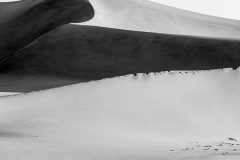
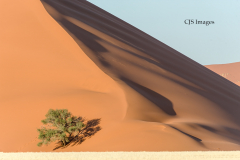
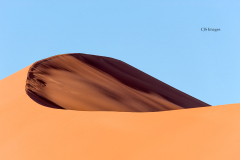
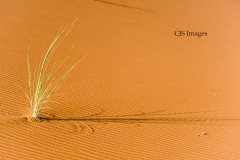
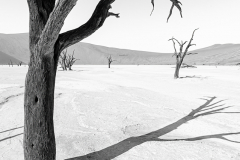
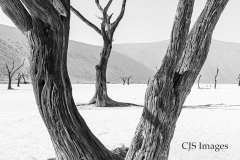
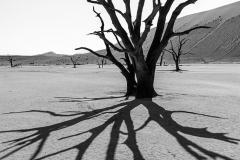
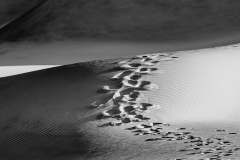

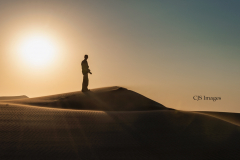
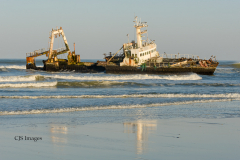
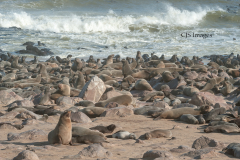
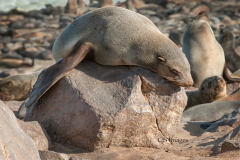
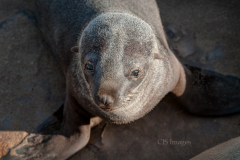
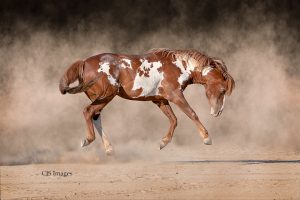
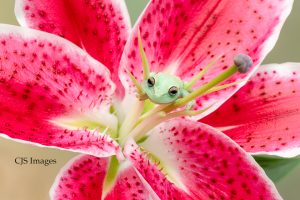
patricia gill
30 Jul 2022sounds like some hard times on this trip, real dedication and love keeps you going.
enjoyed the pictures and the story, what about the shipwreck, must be a story there too.
thanks again
Cheryl Schneider
30 Jul 2022@ Patricia, it was challenging. Walking in deep sand is not easy. Don’t think my knees could manage it these days. 🙂 Don’t know the story on that particular ship. There are so many wrecks along the coast going back quite a number of years. I will say, too, that trying to stay upwind of the seals wasn’t easy,either!
Carl Schneider
30 Jul 2022It was a great trip, and if there is ever a market for sand, Namibia would have a gold mine!